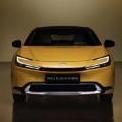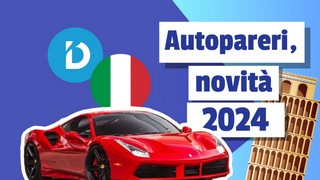I prossimi modelli Kia
-
Contenuti simili
-
I prossimi modelli Mercedes
Pubblicato da j,
- prossimi modelli
- prossimi modelli mercedes
- (e 7 altri in più)
- 0 risposte
- 56 visite
-
- 5 risposte
- 602 visite
-
- 26 risposte
- 2051 visite
-
-
-





.thumb.jpg.902d2a4f20a129e92b6f6920407b81bd.jpg)



.thumb.jpg.dd172ea5da6d71264202ea35a17c2503.jpg)






.thumb.jpg.46228d717c405acd43b45b79fddce6a4.jpg)





Messaggi Raccomandati:
Crea un account o accedi per lasciare un commento
Devi essere iscritto per commentare e visualizzare le sezioni protette!
Crea un account
Iscriviti nella nostra community. È facile!
Registra un nuovo accountAccedi
Sei già registrato? Accedi qui.
Accedi Ora